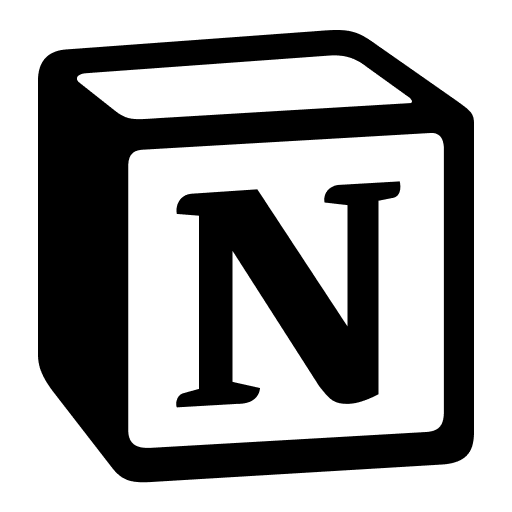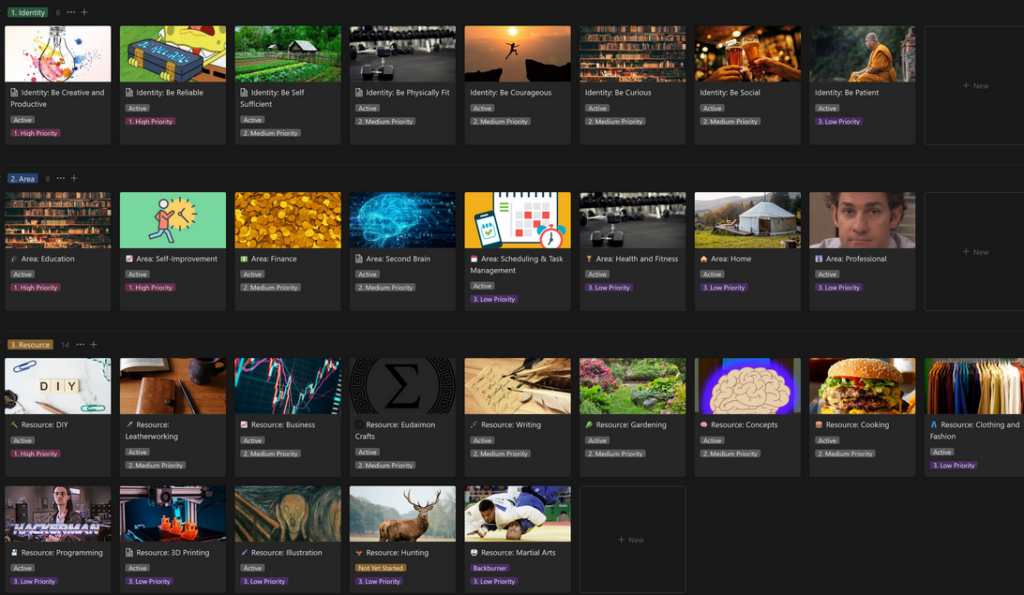
A few months ago, I wrote an introduction to my Notion ‘second-brain’ system – around that time I’d revised a somewhat messy conglomeration of different databases, and one I’d joked about was a Judo throw database.
At the time I’d described it as something of an extraneous thing, adding some needless complexity to a system. That was kind of true, but of course, it’s still information I wanted. Today I want to give a bit of a case study of how I take notes nowadays – martial arts is the example, but the point of this whole system was that it was versatile, so remember you can use it for any sort of subject. That said, for those of you out there who watch lots of Youtube videos, tutorials and instructionals to improve your game in your chosen martial art, I hope this might excite you as well. Nowadays I don’t have a ‘Judo throw database’, but my second-brain system can still store all that information in a way that I can find it, without needing its own unique tool.
‘Inputs’ and ‘Backlinks’
I won’t go too deeply into how the whole system works in general, because I described it already the other article I linked above. That said, one of the best part of this system is the use of ‘backlinks’ – these are available in Notion, and also in softwares like Obsidian. I’m using Notion because it fits well with the rest of my system, but if you’re an Obsidian fan, try it out.
So what are ‘Inputs’? An input, in this case, is essentially any material you’re saving into your second brain. You could just as easily just call this ‘Notes’, if you like. Taking a page out of a system called ‘Zettelkasten’, the big division between inputs are what we can call “Literature Notes” and “Concept Notes”, with a sort of third area for ‘everything else’.
A Literature Note is essentially any external source of information – whether it’s a book, a Youtube video, or a class. By making use of the Notion Web Clipper, you can quickly save web-pages into Notion – I use a plugin called ‘Notion Saver’ in Firefox, which lets me save templates that clip content exactly where I want it. So once you’ve saved a video to Notion, that’s a literature note. Within this note, which already makes note of the source (if you’ve web-clipped it, you’ll even have a link), I write down whatever I found worth making note of. The nice thing about this method is you can keep access to context – one problem of notes is that they can seem easily memorable as you write them, but give it a few weeks and you’ve completely forgotten what you mean. Being able to quickly access the source – at least for stuff on the web or appended to the literature note – helps you go back and take a look, or cite it, if you need to.
Next is Concept Notes, which I think is the real winner of a ‘backlinks’ system. Concept Notes are essentially the principles or general knowledge you’ve derived from Literature Notes. Like I said above, I’ll be using martial arts as an example here – so let’s take this Literature Note on some no-gi throws as an example:
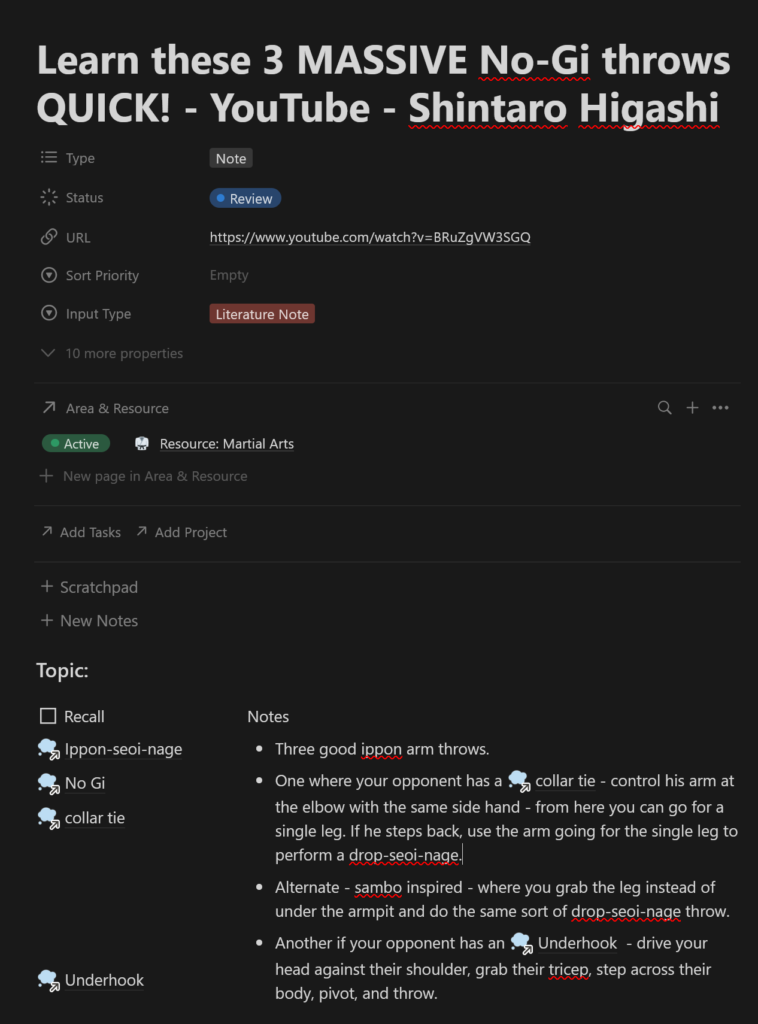
By using a template in the ‘Notion Saver’, it already filled out most of the metadata for me, including a quick template for taking notes. You see all those little thought bubbles? Each of those is a Notion link to a concept note. Concept Notes can be homes for generalized information – for example, you might collect all the relevant wisdom on how to take, maintain, or counter an underhook in the “Underhook” concept note. If that sounds like too much work, though, there’s another utility even if you don’t actually populate your concept note – that’s backlinks! In Notion these link can be quickly created by typing ‘@’ and the name of your note (like ‘Underhook’), you can even select a template from this menu and create a new note from it, which is how I get Notion to automatically tag them as concept notes and create that little thought-bubble icon.
Backlinks will give you a list of everything that links to your concept note. This is turns your notes into a sort of quick tagging system – whenever you mention that note in another note, it will create a backlink, and then you can see a list of every literature note that mentions it. Every time a video mentions an underhook, by simply adding the little ‘@’ before typing the key word, you can start quickly collecting a tagged repository of every mention of that technique! Let’s use my under-developed ‘Underhook’ concept note as an example of backlinks.
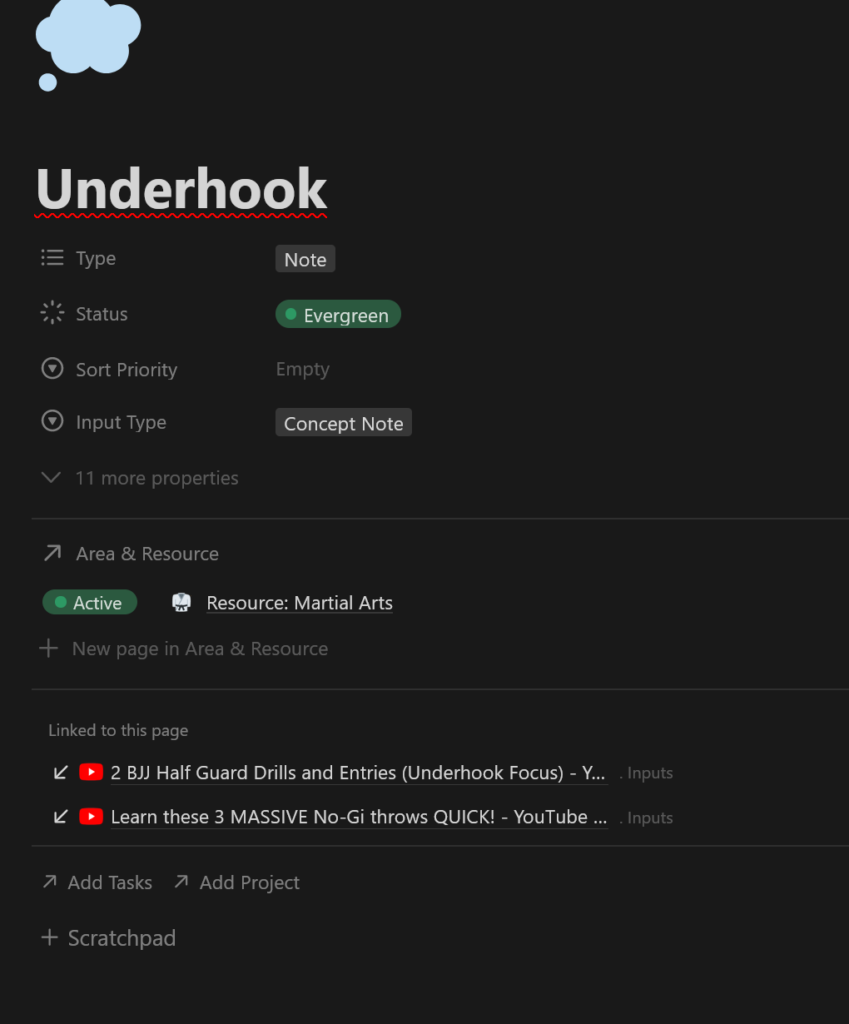
Make note of the ‘Linked to this page’ section, which mentions the literature note I referenced above, and another Youtube tutorial also related to underhooks. If I really wanted to work on my underhook, I could start looking up more videos, tutorials, and instructionals, every time I mentioned it, I’d get a link here. If I wanted to fill out this page with a consolidated, more refined set of notes, that’s even better – you can use this as a place to distill knowledge from your more ‘raw’ literature notes, and adding your own insights from your training. By organically creating and linking to concept notes as you write, it saves you the tedious chore of having to go back and tag everything afterwards.
You might also notice there’s a link to ‘Area & Resource’, I don’t want to go too in-depth on the whole system, which you can find in my other tutorial, but this is my way to quickly find all my martial arts notes – literature notes, concept notes, the works. Martial Arts, as one of several ‘resources’, just filters everything associated with it, giving me what amounts to my ‘Judo throw database’ while still accommodating one for leatherworking, one for blog-writing, and another for cooking.
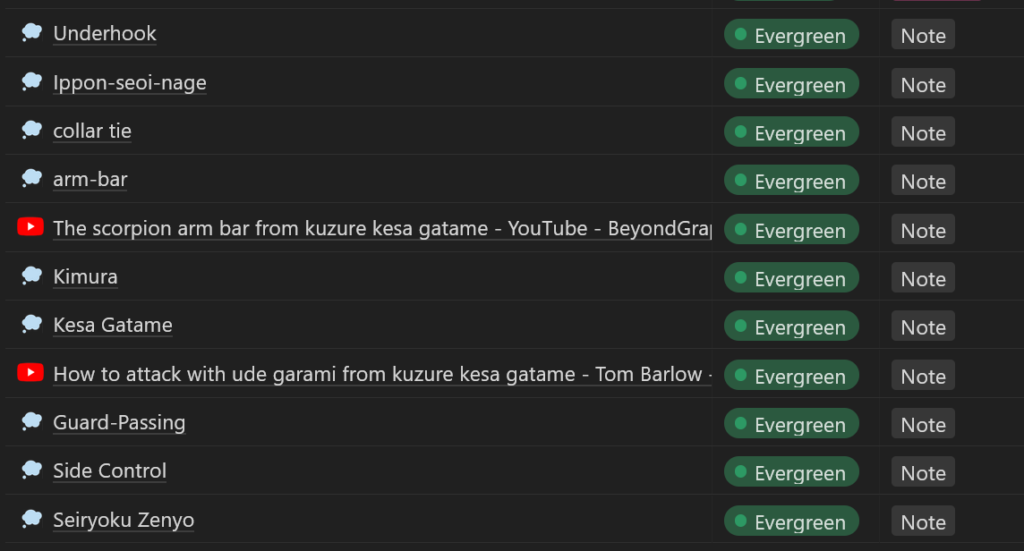
So there it is, a case-study of the system for anyone interested in taking notes on martial arts – hopefully you can see that this method can really apply to anything you want to know more about! I’m hoping to put together a shareable template soon. Stay tuned!

